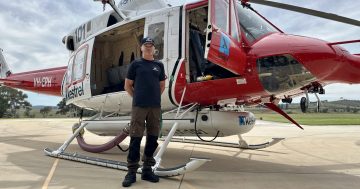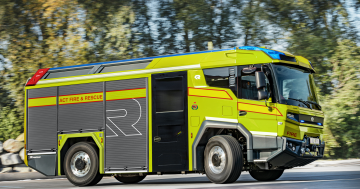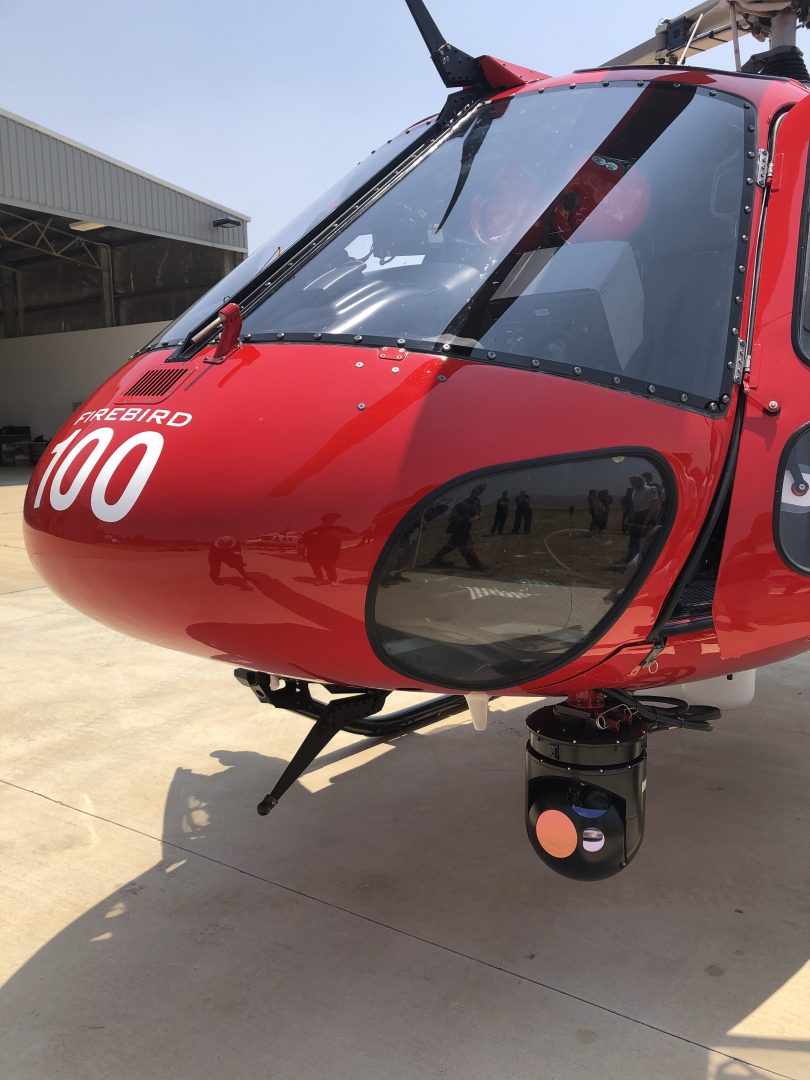
The Firebird is now operational and can provide better surveillance capabilities to firefighters on the ground through technologies like infrared cameras. Photos: Dominic Giannini.
Firefighting crews can often spend more than 10 hours a day in support helicopters, and their job is now set to become a little easier with the arrival of a new chopper in the ACT to help the Rural Fire Service (RFS) fight bushfires.
The Firebird 100 is a surveillance helicopter which boasts the latest camera technology that can live-stream video of a fire to crews on the ground. Aside from the technology, upgrades to the chopper from last year also include air-conditioning to help manage crew fatigue.
The chopper itself can be deployed rapidly and can stay in the air for around three-and-a-half hours before it needs to be refuelled.
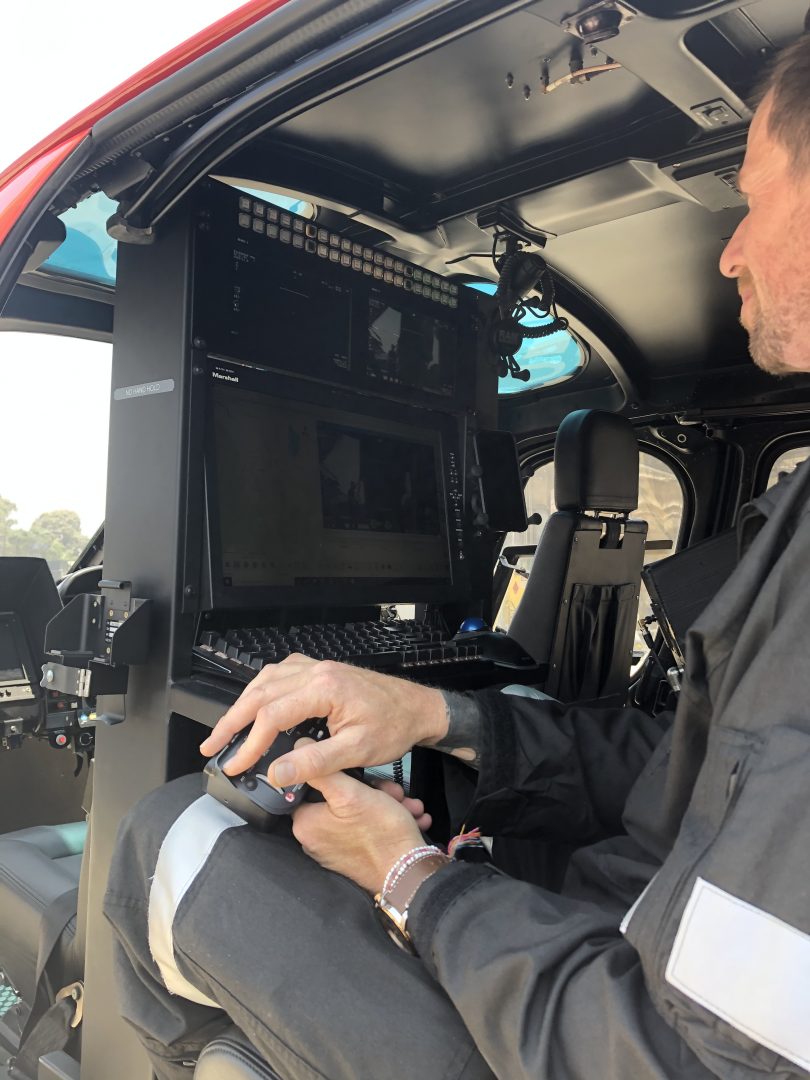
A crew member operating the camera from inside the Firebird.
Minister for Police and Emergency Services Mick Gentleman said the Firebird would predominately be used to map fires in real-time as its infrared camera can cut through the smoke and haze to spot even the smallest fires despite poor visibility.
“It is an infrared camera that can allow us to see right down to the ember of the fire,” he said.
“The opportunity with this special equipment is that if there is a lightning strike in the Brindabella Ranges, the helicopter can go up and have a look from a distance and see whether or not it has ignited.
“It can look at the degree of fire burn and intensity, and our maps people can look at the direction as well. We can then deploy personnel out to fight the fire.”
The infrared camera is used to cut through the limited visibility from intense smoke with extraordinary clarity and allows firefighters on the ground to use real-time images to adapt their strategies based on the latest information.
The detailed nature of the camera also lets crews pick up ground fires or hotspots they may have missed which could then start other fires days later if the wind picks up and blows the embers towards more fuel.
While the Firebird was used in the ACT for the first time last fire season, operators Microflite have upgraded the chopper to perfect the technology and focus on crew comfort, including better-linking systems, company director Jonathan Booth said.
“On a day when there is a lot going on, it is not usual for us to expect this helicopter to be in the air for up to 10 hours, so it is built around being comfortable and maintaining safety,” he said.
“Linking systems are better and more reliable, and the upgrades around the aircraft are focused around crew comfort and managing fatigue. We are working a lot, we are doing big days and managing the fatigue of the crew means we can be in the air more.”
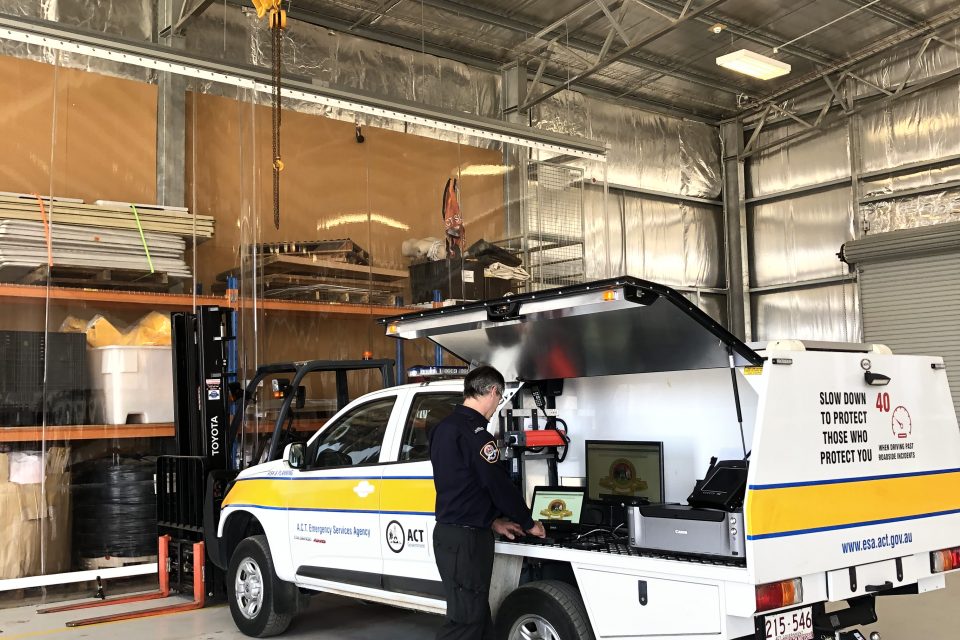
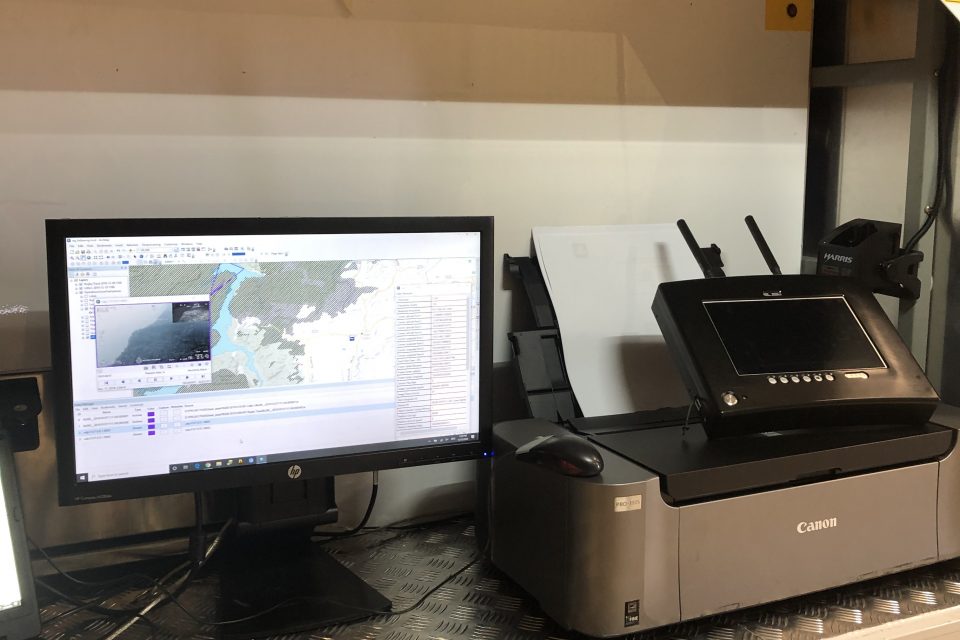
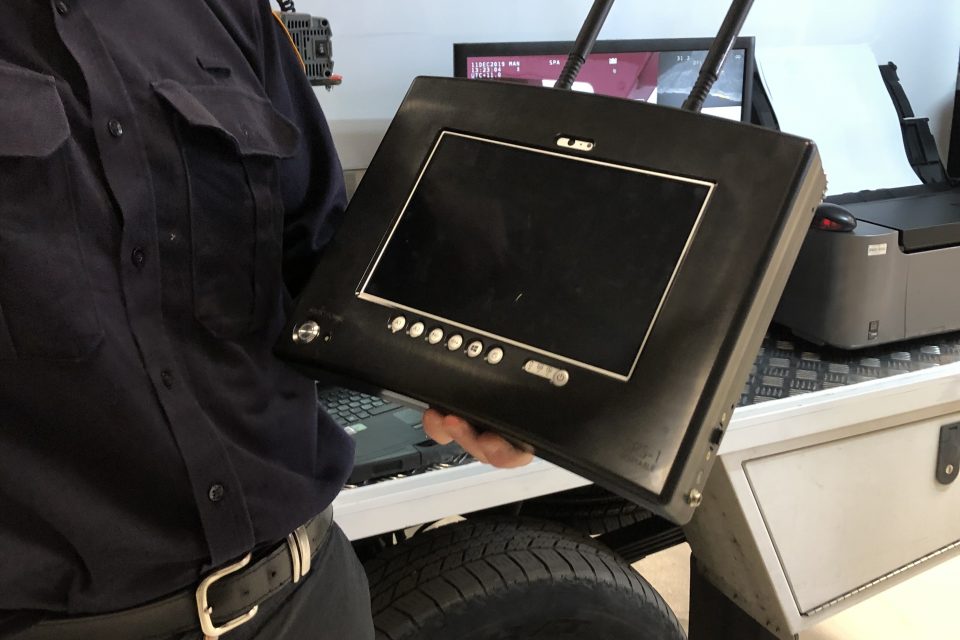
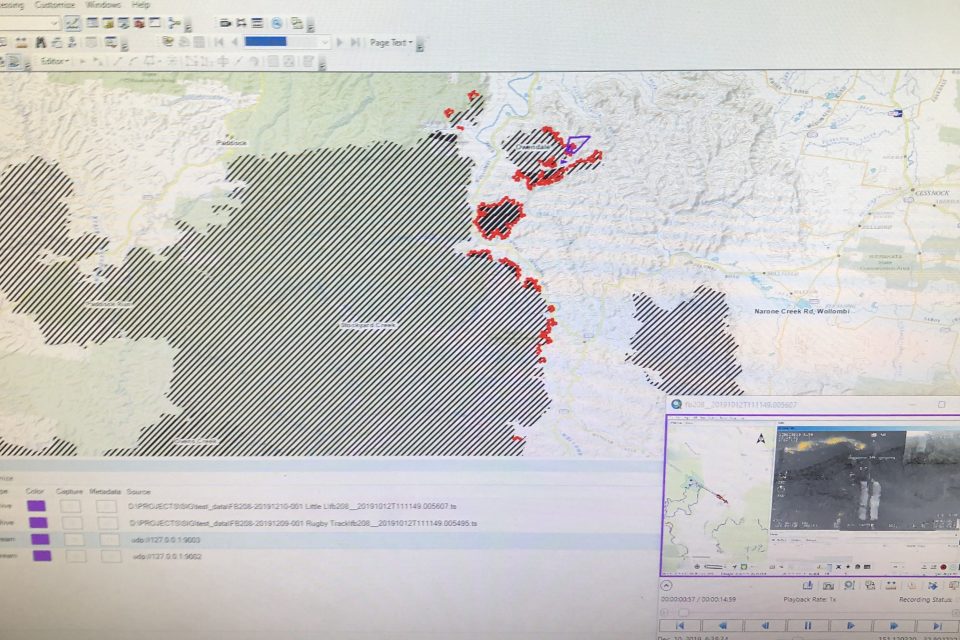
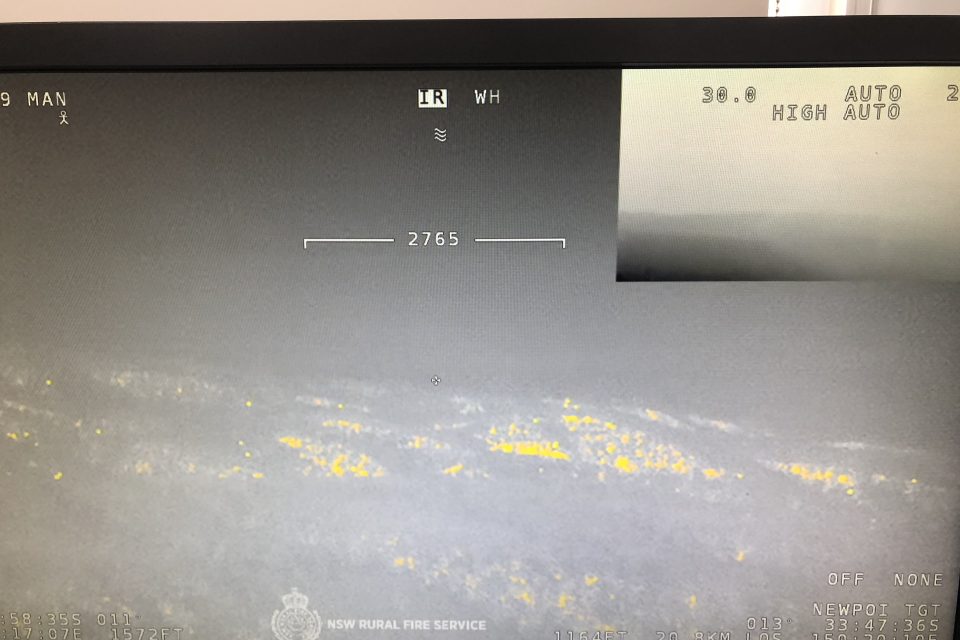
The mobile relay station allows crews to quickly access live data out in the field and informs them where their efforts are best directed. In areas with poor mobile signal, a portable display can be given to crews on the ground so they can still remain in contact with the helicopter’s live feed.
The Firebird is ready to be deployed across the ACT and into NSW on an ad hoc basis. It will cost around $800,000 to hire for this fire season.
While the initial cost will come out of the ESA’s total budget, there are also unknown additional running costs.
The RFS also says that the chopper can be used for other operations such as locating missing persons, evaluating flood damage, and can also be used by rapid damage assessment teams to study structural fires so they adapt their strategies.












